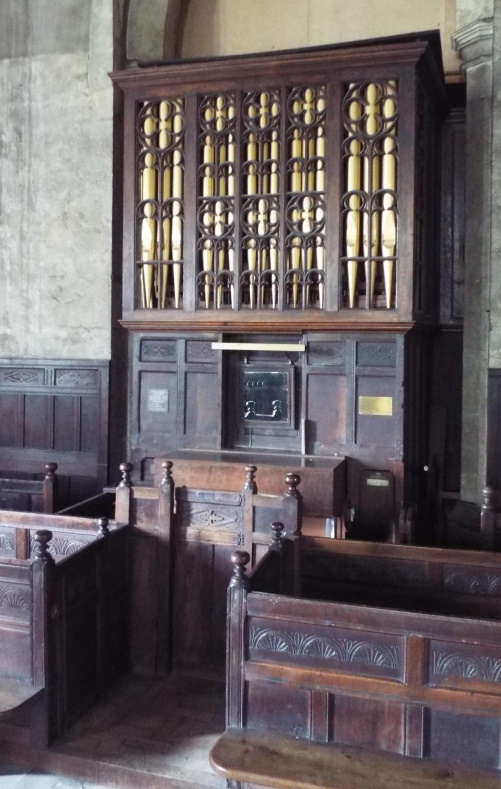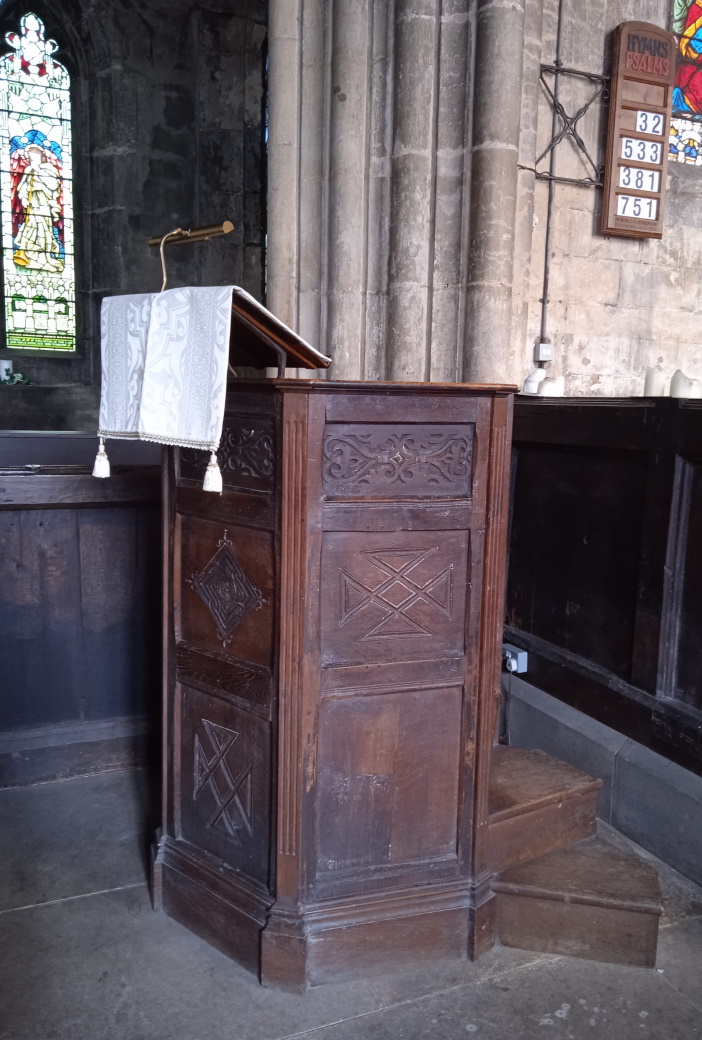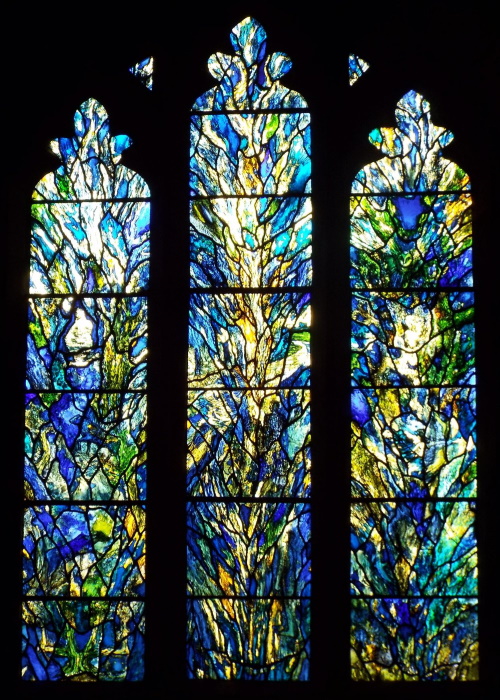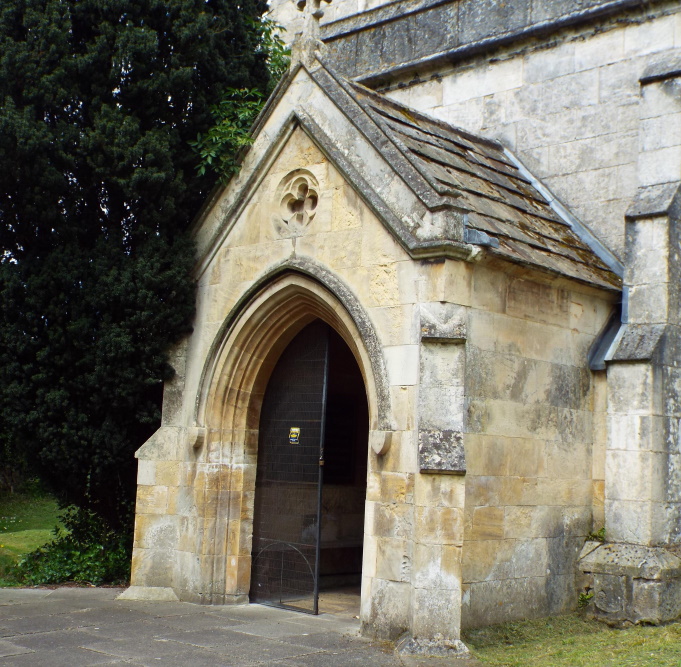The organ
Originally built in 1847 as a chamber organ for Nun Appleton, it was given to the church by the Milners and restored in 1903. The work of John Walker of JW Walker and Sons organ builders, Suffolk, the instrument although small is of excellent quality and distinct voice. When built…







